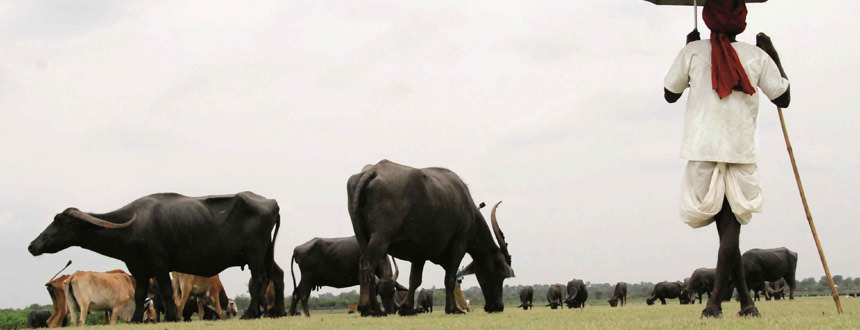“Milk production in the country has increased from 146.3 million tonnes in 2014-15 to 198.4 million tonnes in 2019-20,” the survey said.
In the fiscal year 2019, India’s milk production increased by more than 6.47 percent. This is a reduction from the previous year’s growth rate of 6.62 percent.
Despite declines in growth rates in fiscal years 2014 and 2015, the country was consistently one of the world’s largest producers of dairy products.
Also, the expected demand for milk and milk products in 2030 at a national level is 266.5 million metric tonnes. West Bengal now has the highest cattle population in India (9.85 percent), followed by Uttar Pradesh (9.7%), Madhya Pradesh (9.7%), Bihar (7.9%), Maharashtra (7.2%), and Rajasthan (7.2%). (7.2 percent ).

According to the USDA, the six states account for half of India’s total cattle population (20th Livestock Census).
In the Indian Fiscal Year (IFY) 2018/2019, these states in India together accounted for 60% of total milk output (April-March).
In addition, the availability of milk per capita in India was projected to be 394 grams per day (national average).
India’s transformation from a milk deficit to a milk surplus has been remarkable. No doubt, a stunning growth in milk production in India owes its success to Operation Flood, a government project that ran from 1970 to 1996 and focused heavily on dairy development efforts.

Rural milk sheds were linked to urban markets through the formation of a network of village cooperatives for milk procurement and marketing in that program.
In addition, by ensuring the availability of milk, production and productivity were improved. One of the reasons for the current boom in the sector is ‘crossbreeding’.
According to recent research, indigenous cows produce 3.01kg of milk per cow per day, but exotic crossbred cows produce 7.95kg. This means that the average productivity output of indigenous cattle (including non-descript and high-yielding indigenous varieties) is only 1,099kg per animal per year, compared to 3,073kg per animal per year for crossbred cattle.
Because of advances in reproductive technology such as in vitro fertilization (IVF), embryo transfer, and artificial insemination, crossbreeding has exploded in popularity.
IVF and artificial insemination have proven to be the most common and effective treatments among these.

The government has taken a number of steps to boost livestock productivity, which has resulted in a large increase in milk production.
Prime Minister Narendra Modi launched the NAIP (National Artificial Insemination Program) Phase-I in Mathura on September 11, 2019. 9.06 million artificial inseminations will be performed as part of the program in phase II, which is intended to result in the birth of 1.5 crore high-yielding female calves.
As a result, an additional 18 million tonnes of milk will be produced. Furthermore, Under Prime Minister Modi’s vision of “Make in India” and the goal of building an “Atma Nirbhar (self-reliant) Bharat,” the animal husbandry and dairying sectors have gotten a lot of traction in the last six years.
Also Read:













